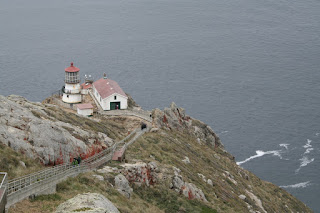Always buy from a third-party insurer, not the company selling your cruise or tour. And considering the fragile state of the insurance industry these days, you’d be wise to choose a large, established company that’s less likely to go under, such as American Express, instead of one you’ve never heard of. Other reputable travel insurers include Travel Guard, Medex and Travelex.
Category: Uncategorized
User Reviews
Ever wonder about those reviews you read for hotels and B & B’s? User-review sites have changed the way some people plan their travel. This can be an enormously useful tool for evaluating hotels, restaurants, tourist attractions and the like.
TripAdvisor.com is the big kahuna, with more than 20 million reviews, mostly of hotels, but also less traditional lodging like B&Bs, villas and private homes, as well as restaurants and attractions.
TravelPost.com is another, owned byKayak.com. TravelPost.com collects reviews from various websites, such as Citysearch.com, Yahoo! Travel and IgoUgo.com. Check outYelp.com for locals’ takes on restaurants, shops and other businesses, or OpenTable.com, which guarantees that reviewers have actually eaten at the restaurants they rate.
User reviews are helpful but not foolproof, so keep in mind the following tips:
• Read between the lines, asking yourself if the writer shares your mind-set, or if a negative review is the result of a persnickety traveler or a singular bad experience. As a rule of thumb, the more people have contributed, the more valuable overall ratings become.
• Always see how recent the post was. Establishments are quick to change, move or close.
• Always look at photos posted by users; you may find them more telling than words could ever hope to be.
Pigeon Point Lighthouse
Surf’s Up
Waves Along California Highway 1
California Coast
Items to Pack
Flowers in Healdsburg
Cowgirl Creamery
In 1997, Sue Conley and Peggy Smith opened Cowgirl Creamery in Pt. Reyes Station, a picturesque postage-stamp-of-a-town on the coast about an hour north of San Francisco. They started with an old barn, made it beautiful, put in a small plant for making hand-crafted cheese, bought organic milk from the neighbor, Straus Family Creamery… and before long the world found them! From the beginning, they wanted to make delicious, artisan cheese, to be environmentally responsible, and they also wanted to support their cheesemaking friends in being sustainable land stewards. Today, Cowgirl Creamery continues to make just a small collection of cheese — four, soft aged and three fresh, totaling about 3,000 pounds per week. However, their circle of cheesemaking friends has grown like wildfire and they now distribute extraordinary artisan cheeses from over 200 of America’s and Europe’s most prized producers.








